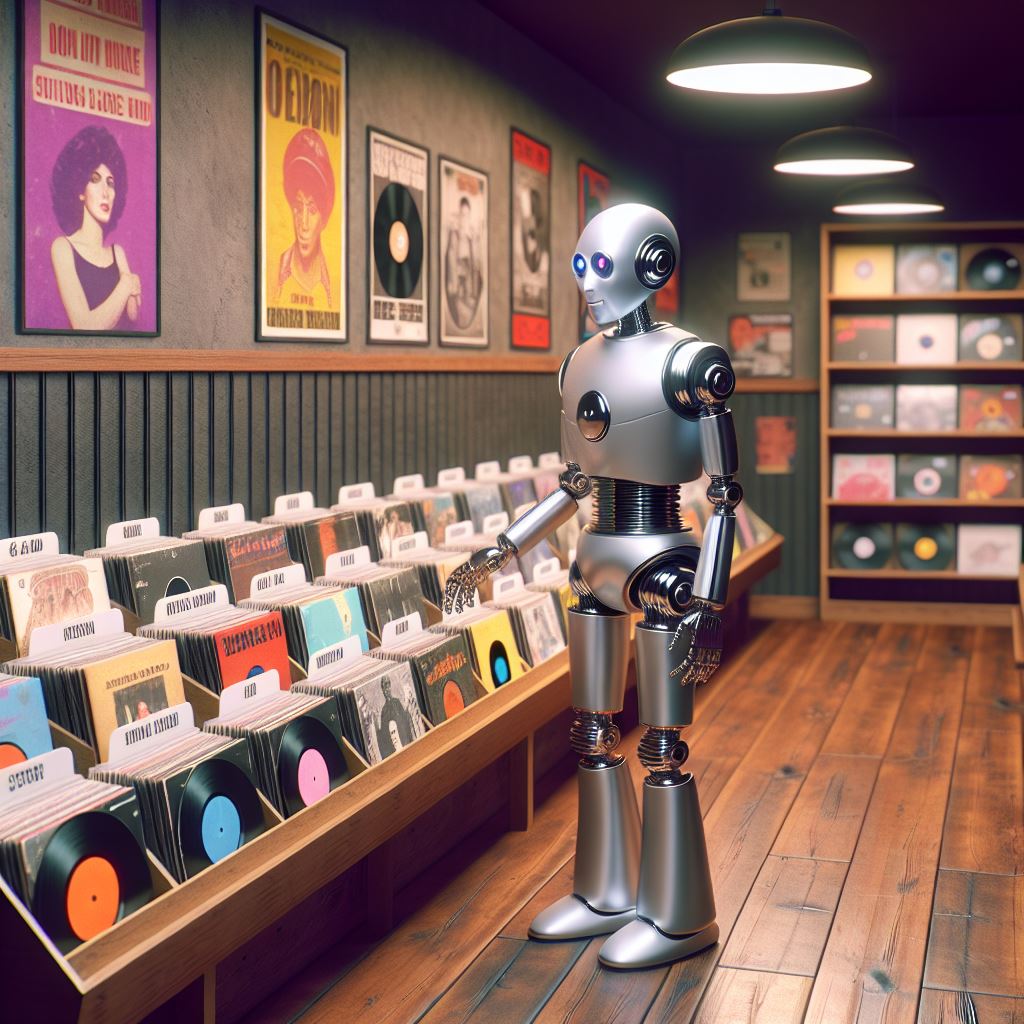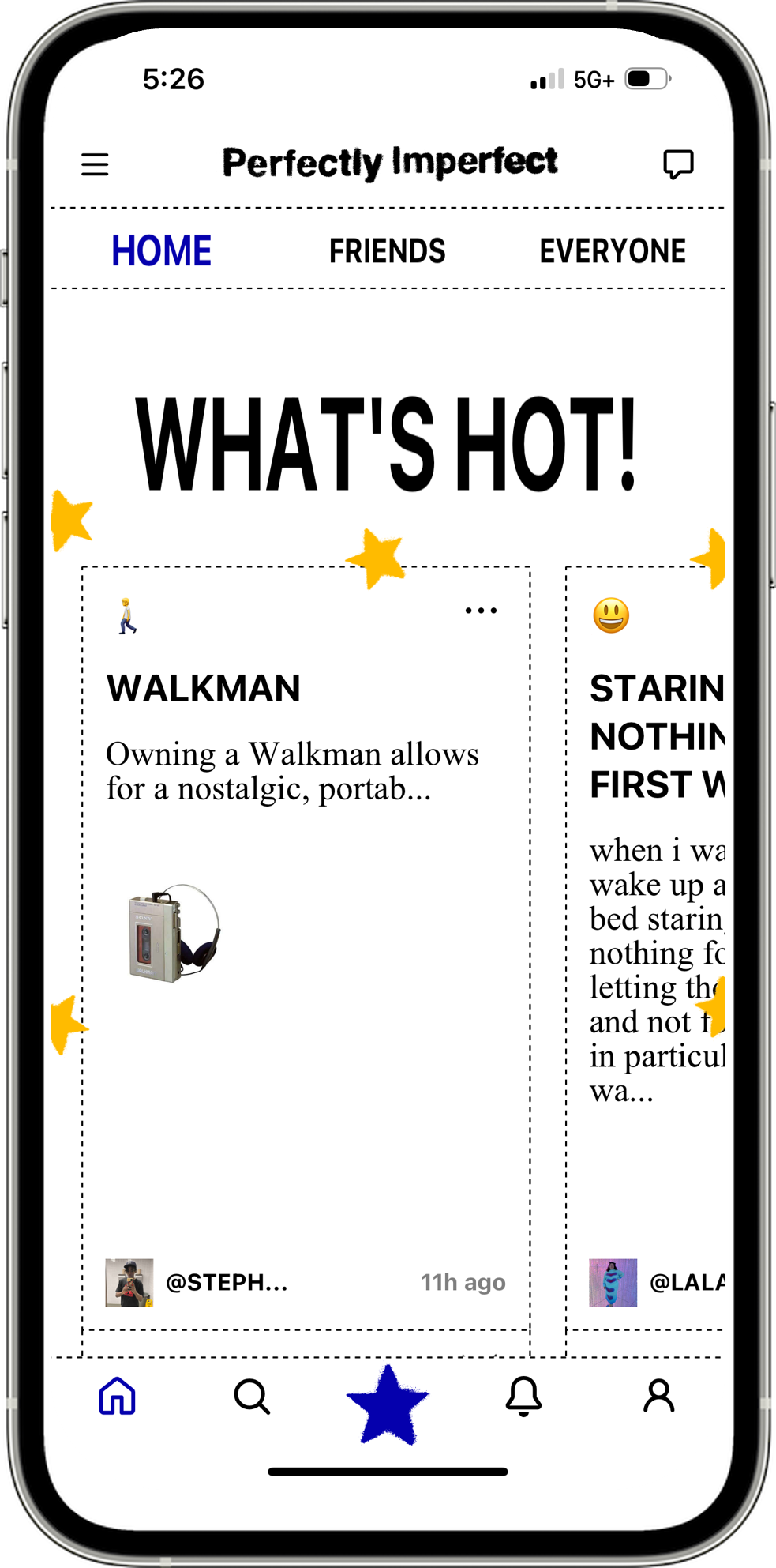
Yesterday’s blog post – “Keepin’ It Real On The Radio” – is the perfect tee-up for today’s conversation about who – or what – is making the programming decisions we humans experience from our media choices.
The way of the world is rapidly tipping to algorithmic, AI, machine learning, and the like are being utilized to do the jobs many of us were once hired to do. Over the past week as we collectively celebrated what we’re thankful for about radio, I’ve been inspired by many of your comments and observations.
Programmer K.M. Richards referred to an old mentor who taught him that great programmers truly have a “basic instinct” you cannot automate or learn in a classroom. While timesaving tools such as AI or music scheduling make it easier to polish one’s work, it is that delicate balance of “gut and science” as one of my mentors, Tom Bender, used to frame it, that separates the great PDs from the mechanics.
Too many radio companies are allowing the technical conveniences to replace the old school skills and sensibilities. And by adding more and more “hats” to current job duties, they are forcing their programmers to mail it in – there is precious little time to do it with skill, deftness, and a great touch.
All this comes at a moment where we just might be seeing a consumer backlash of sorts to machines overpowering human emotions and choices. Whether it’s AI or algorithms, a story in Wired from earlier this year tells us that more and more consumers are opting for human delivered content, flaws and all.
In “The Latest Online Culture War Is Humans vs. Algorithms,” Elana Klein talks about new apps designed to put consumers back in control of their choices via organic recommendations.
One platform featured by Klein was created by Tyler Bainbridge (pictured), author of the newsletter, “Perfectly Imperfect” and former employee of Meta. His app, PI.FYI, is a social platform launched nearly a year ago, designed to “bring back human curation.”
launched nearly a year ago, designed to “bring back human curation.”
So, I downloaded it and signed up. If you’re curious, join me. Bainbridge’s new social circle covers a lot of ground from media to consumer products to experiences. I suspect there will be many more of these as AI time marches on as creators look for ways to “reverse engineer” the intricacies of algorithms in our lives.
I’m not sure whether PI.FYI is the antidote to AI-driven recommendations. It may take as much time and experimentation as it took to create today’s algorithms to invent their opposite.
A story in The Verge – “A scene-y newsletter launches a scene-y social network” – by Kevin Nguyen brings added context and detail to Bainbridge’s efforts with PI.FYI. But ultimately, it seems to come off as a platform that catalogues what you like – and what you don’t like.
efforts with PI.FYI. But ultimately, it seems to come off as a platform that catalogues what you like – and what you don’t like.
But that seems to oversimplify the media environment. In radio, the possibilities have always gone beyond rating songs on a 1-to-5 scale, or giving a thumbs up/thumbs down response to everything consumers hear on the air.
Human curation, of course, is part of the definable difference that ought to separate radio stations from their algorithmic competitors. Rather than trying to be more machine-like, shouldn’t radio be looking for ways to more radio-like: that is, to accentuate the human connection – to the music, to the issues, to sports, to life…
…and to each other?
That’s where the bots and the data they learn keep getting lost in translation. What is it about radio consumers cannot get anywhere else is the question that continues to be overlooked and underestimated. And yet, it’s the Holy Grail, if radio get it right.
In one of the comments to our Thanksgiving post about gratitude last week, public radio veteran Kim Grehn (pictured) offered up this thankful remembrance – just another night on the radio:
radio:
“Back before automation, back when we were actually spinning the disks, I had an experience that enlightened me about the value of the personal experience radio offers. I often worked holiday shifts, filling in for staff who wanted time with their families. I got a call from somebody who was having difficulties. The holidays can easily amplify loneliness among individuals going through tough emotional times.
“We spoke on the phone for about 20 minutes. I listened mostly. Finally, he said he was doing a little better, but asked if he could call back sometime. I assured him he could. I’m not sure what happened to him.
“Because we were not automated, we were there when somebody needed us to be. I like to think that connection was valuable for both of us.”
 So, while human curation of music is one of the elements that separates a vital radio station from an automated playlist-maker, it is but a single “use case” for broadcasters. At its core, it comes down to the connection between a station and its hosts and the communities they serve. It is a shared sense of gratitude, enjoyed by those of us in the radio business and the millions of people on the receiving end.
So, while human curation of music is one of the elements that separates a vital radio station from an automated playlist-maker, it is but a single “use case” for broadcasters. At its core, it comes down to the connection between a station and its hosts and the communities they serve. It is a shared sense of gratitude, enjoyed by those of us in the radio business and the millions of people on the receiving end.
Whether it’s coming to the air of a ravaged city or town after extreme weather moves in, providing comfort when a mass shooting takes place, or uniting folks when the hometown sports team is in it to win it, radio at its essence is about connection and companionship – the elements that kept it competitive when TVs showed up in millions of living rooms and dens in American back in the 1950s.
When we reduce programming to “content,” and the medium itself to a “platform,” we distance ourselves from the organic appeal and connection that have been invested over the decades by those who came before us. To save the medium from itself, we need to rally around the values that got us to this crazy dance.
Tomorrow, the theme continues with a prominent radio personality who understands these basics, and delivers them with style and substance in a market that hasn’t always appreciated its radio.
- What To Do If Your Radio Station Goes Through A Midlife Crisis - April 25, 2025
- A 2020 Lesson?It Could All Be Gone In A Flash - April 24, 2025
- How AI Can Give Radio Personalities More…PERSONALITY - April 23, 2025




I’ve done a lot of traveling over the last 3.5 years across the USA and back again twice on the road, not on airplanes. As a radio guy, I’ve tried to listen to markets large and small. I’ve heard a ton of generic radio served up by satellite and syndication. If I want to hear that, SXM will deliver it with fewer or no commercial interruptions. When I did find timely local talent, it was a refreshing glimpse into the local scene. Some of the talent was major market, but even small market air personalities, no matter how unpolished or unconventional, were vastly more interesting and informative than any algorithm. I know a lot about computers, including that you can’t teach them taste, humor, or empathy. Radio talent that does a show, not a shift, no matter how imperfectly, is a far bigger draw than somebody else’s jukebox.
Talent is the key, I think. Just curating a playlist is not of high value for most people. And while we may crinkle our noses at the algorithms, that is now the main pathway for music discovery for most music listeners. They don’t mind it so much. Its not important that a human being sitting at a computer somewhere curated a playlist. Its important that real humans at a station connect with other humans in their communities.
I think your observations are spot on, Brian. Music has been commoditized. And there are many platforms and media that present it in better packages than most radio stations are willing to. The trend lines are unmistakable. Radio will never be able to cut its way to relevance.
Spot-on, Fred (as usual). My only addendum is that anyone who’s been paying attention knows that radio, without the assistance of AI or bots, began moving away from that vital human touch about forty years ago as the strictures on what the air talent could say or play became tighter and tighter, squeezing the life out of the medium. Am I a fool to hope the patient can be resuscitated?
Like you, John, this is not my first “radio rodeo.” We’ve seen things go out of style and then come back with a vengeance. Life and pop culture are rollercoasters. You wait long enough….
I continue to report how there’s still an opportunity for AM/FM to continue to thrive in the world where “no one listens”. The human touch can be put to work on any platform, but “broadcasting” when it comes from one source to many can still work. Chris Collinsworth on Monday Night Football proves that you can toss in relevant information that no “algorithm” can provide. Finding a relevant musical reference, tying a world event into a song or even (gasp!) replacing a scheduled song with another to handle a breaking event. When Michael Jackson died, a lot of music logs had to be redone, and if there was no one at the helm, it would be like nothing ever happened. Human curation is still key to making the medium work, but when we hear “there’s not room for everybody” -well that’s as “inhumane” as it can be for the medium.